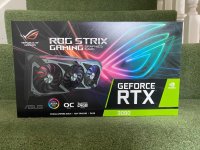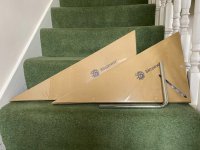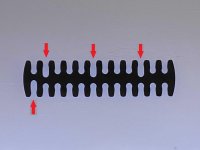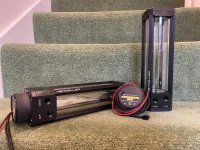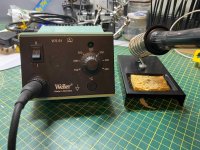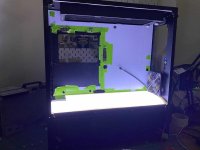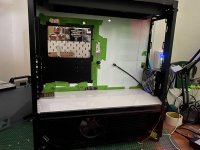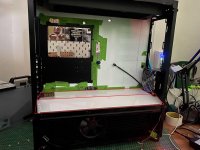Thank you.Nice. Very tidy. What died that the ali plate got upcycled? I've got chunks of an old Coolermaster case used that way.
The Quadros look like they don't have mounting holes - unless they're only visible on the back. Did you just stick all/some of it down with double-sided pads or have you drilled and tapped the plate for standoffs? Mine went directly into the bottom of my case and the female-female standoffs were screwed in from underneath. Worked fine but would have been easier to do it on a plate to work outside the case - also means you can modify it (creating metal chips) without taking (or risking!) everything out of the case.
The plate was new, cut to size and holes tapped for the M3 mounting screws.
All the boards, including the Quadros, have mounting holes, but they're under the front plate so they're not visible.
Last edited:



